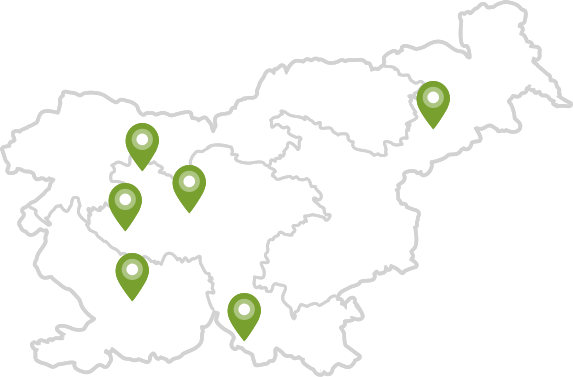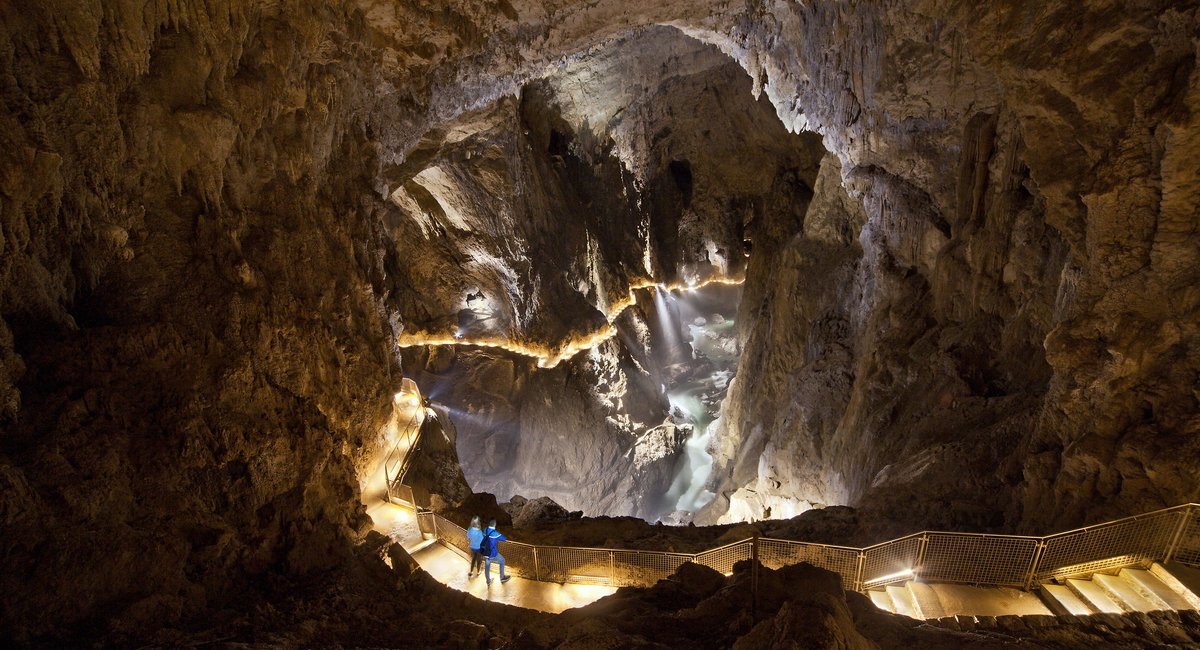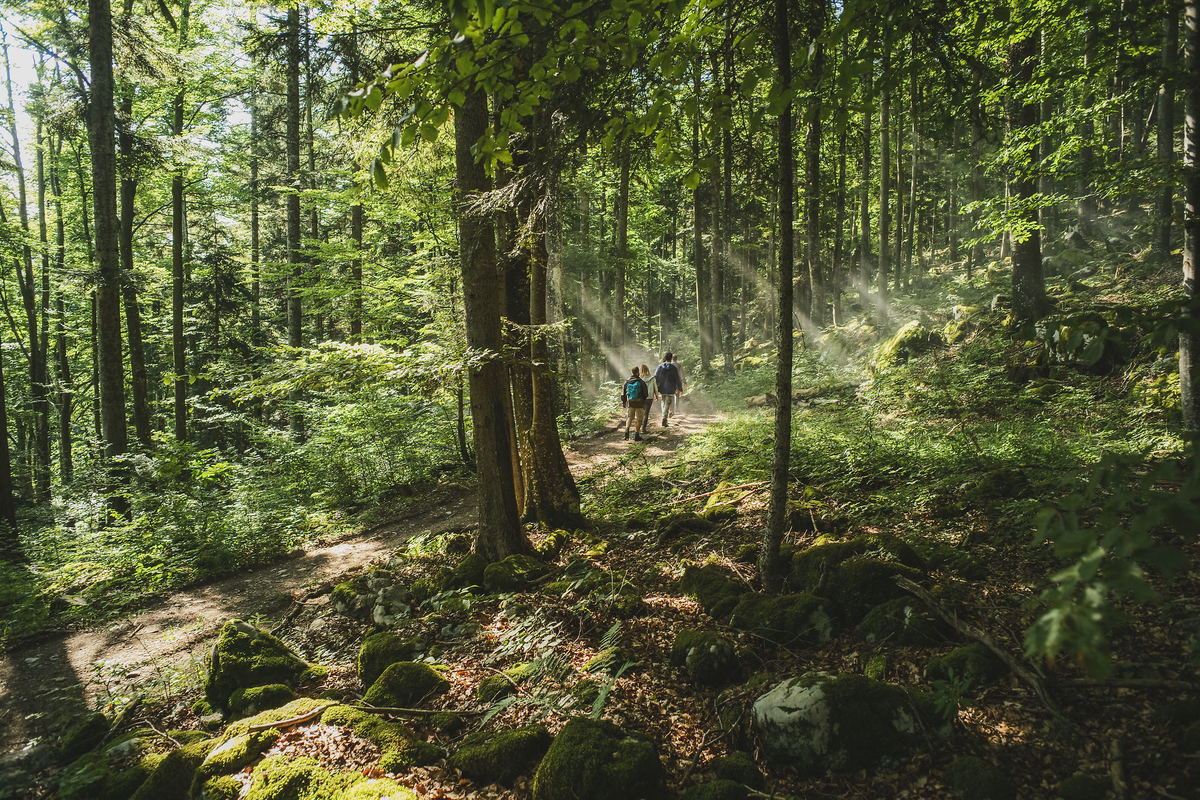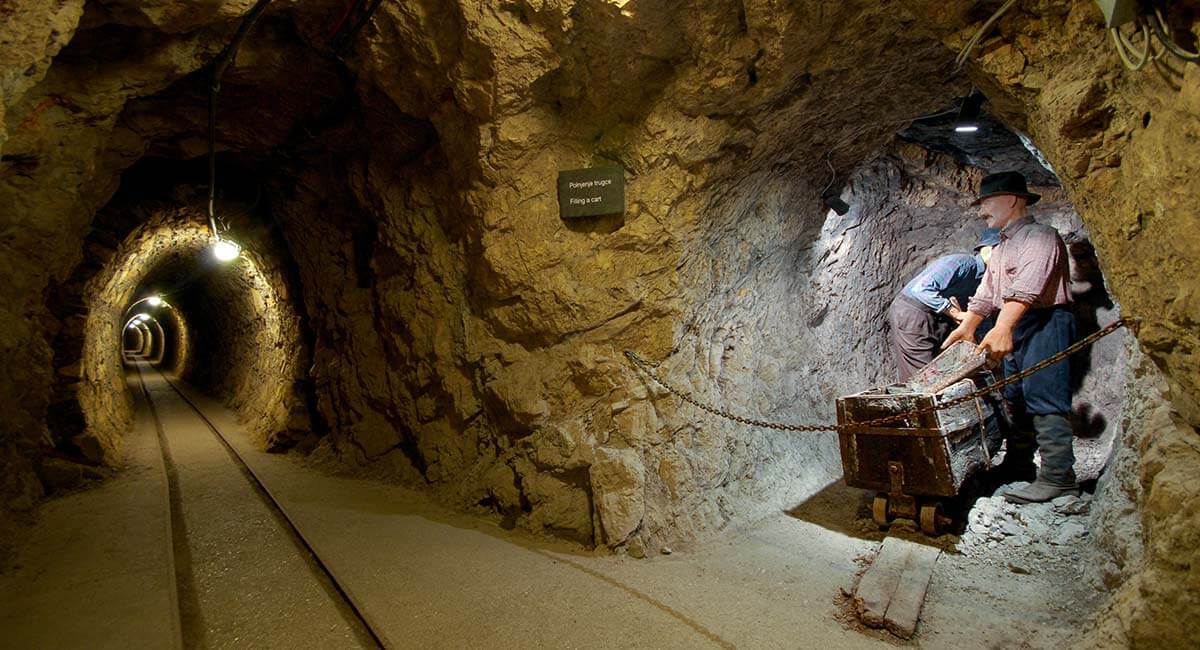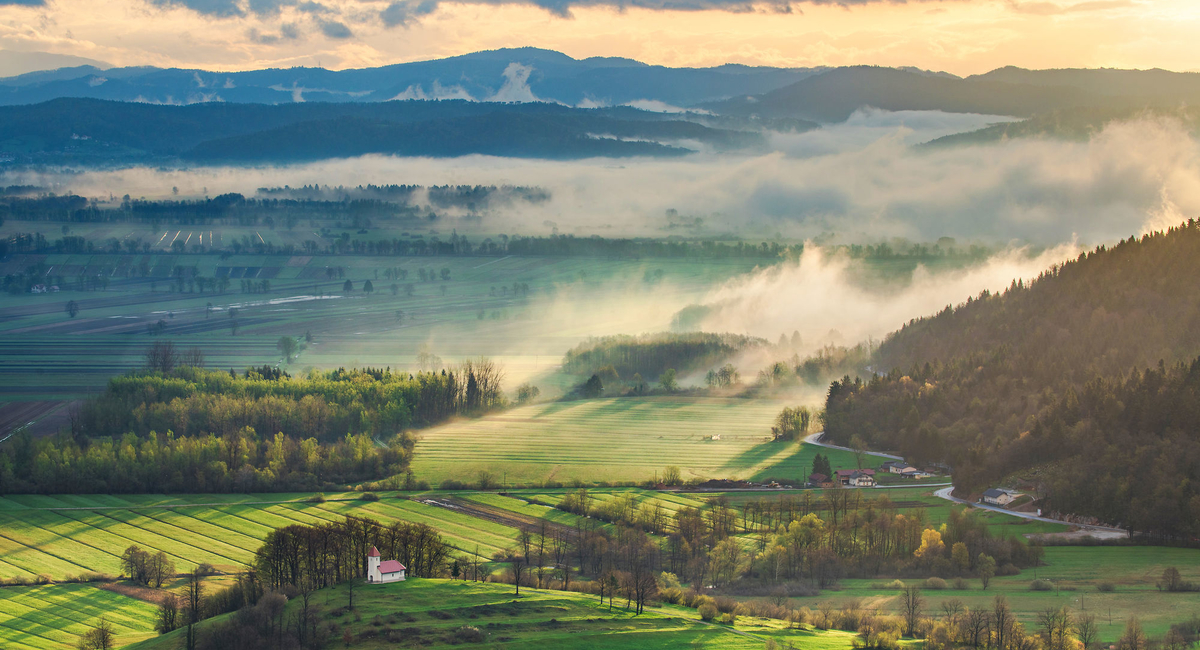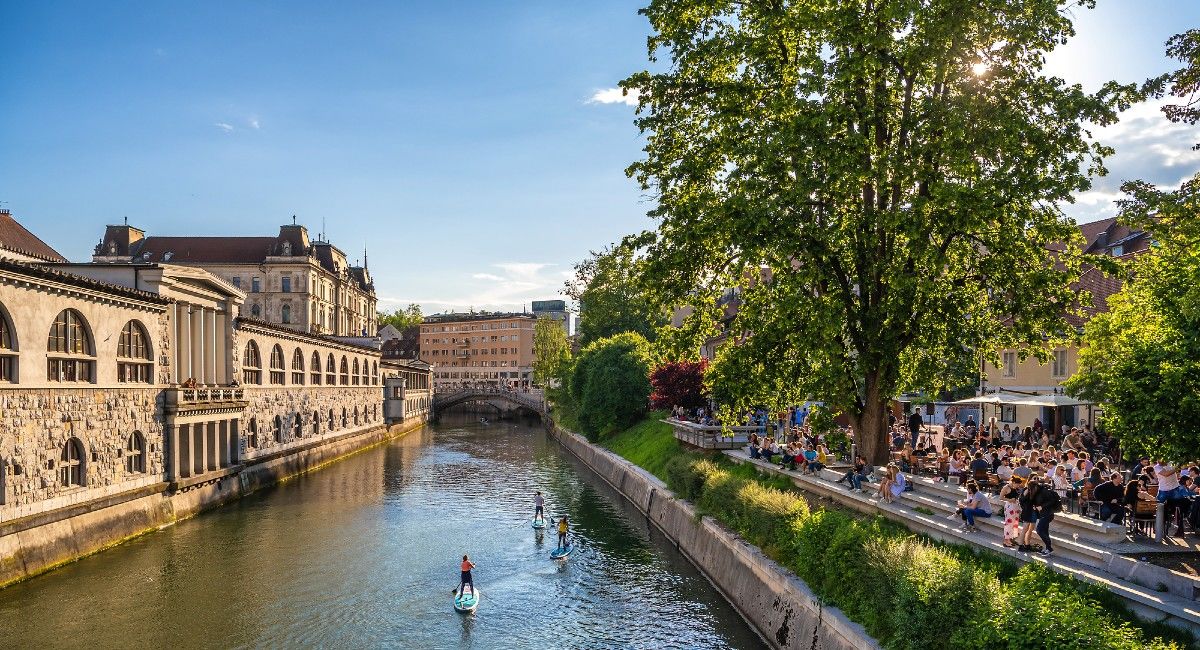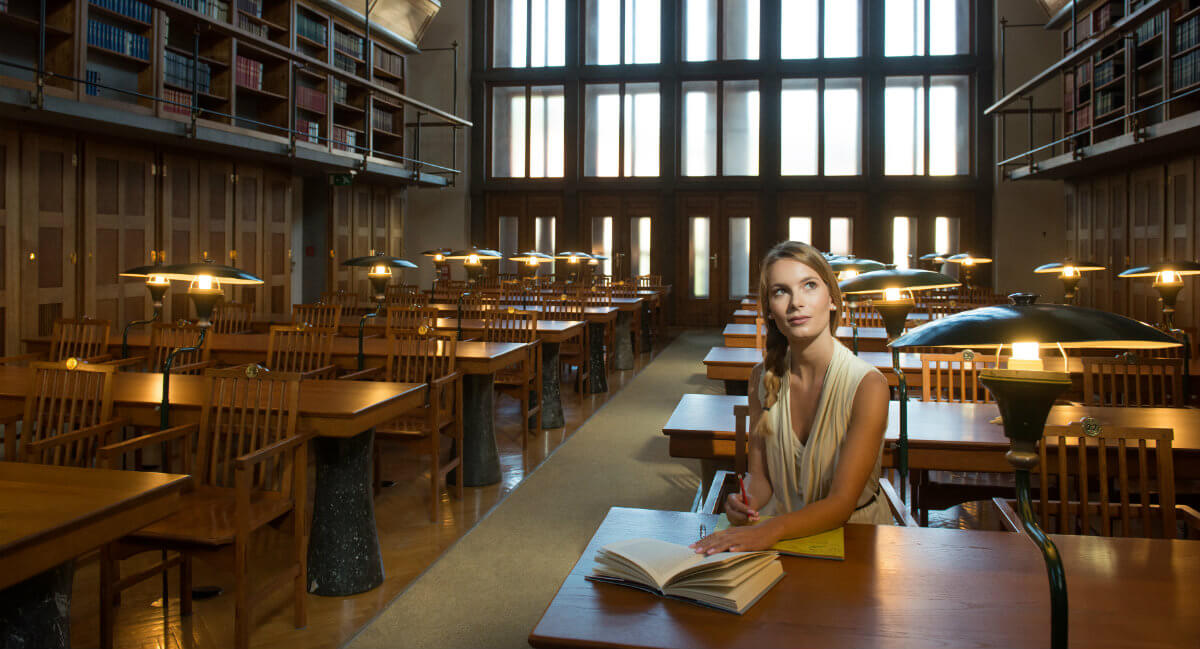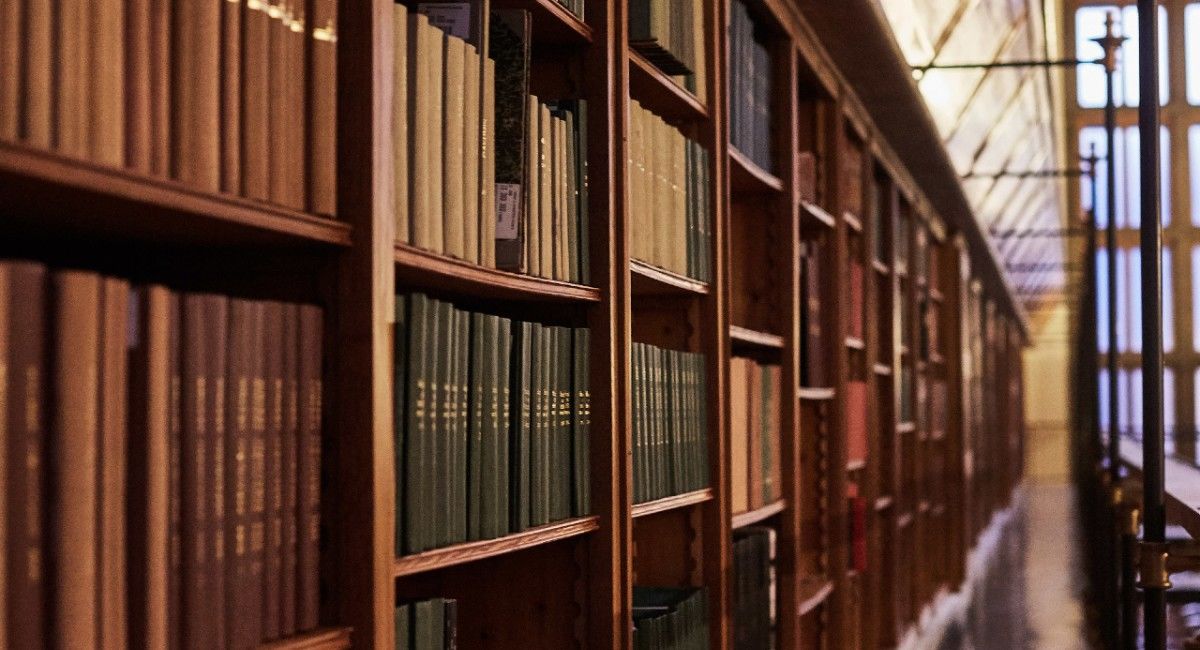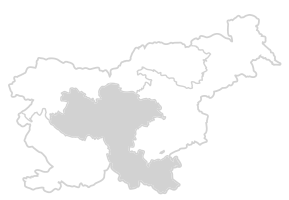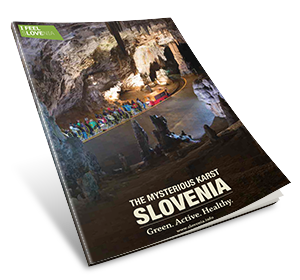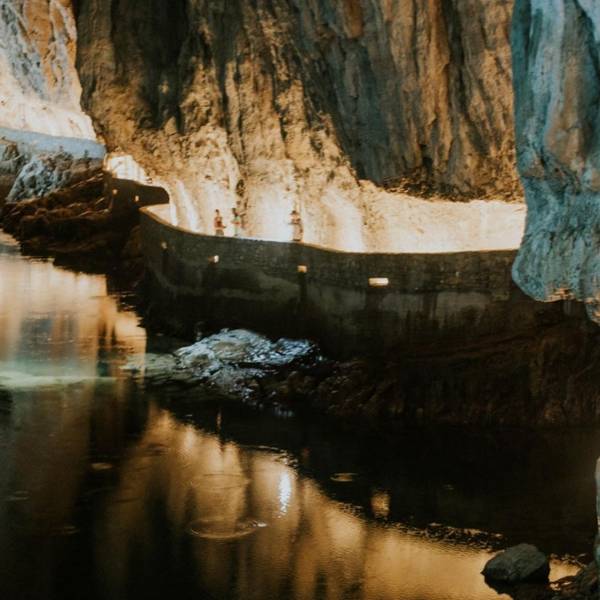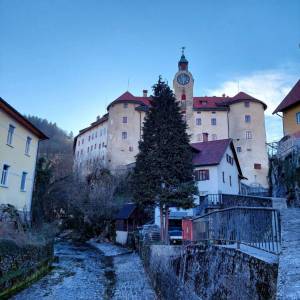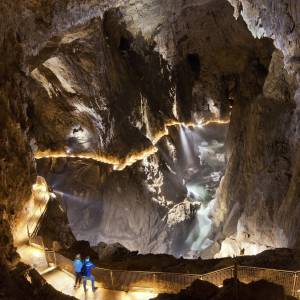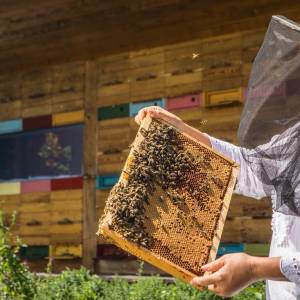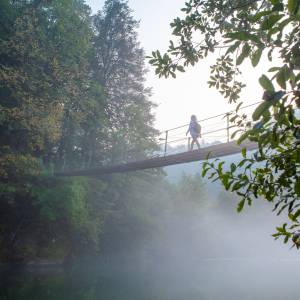Slovenian gems of the World’s Intangible Heritage of Humanity
UNESCO’s Representative List of the World’s Intangible Heritage of Humanity promotes special concern for the protection and preservation of oral tradition, dances and skills. These are valuable customs from Slovenia that have been included on UNESCO's Representative List of Intangible Cultural Heritage.
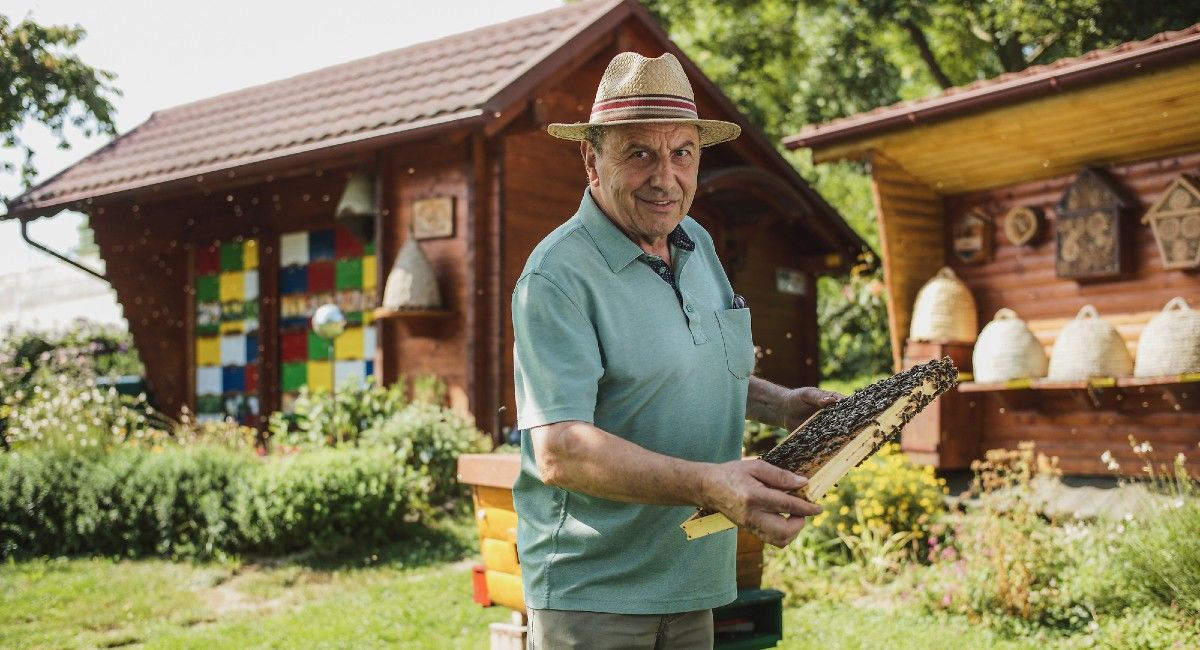
Beekeeping in Slovenia
Beekeeping is deeply rooted in the Slovenian consciousness. Slovenian beekeepers were the pioneers of modern beekeeping. Slovenia also initiated World Bee Day, which has been celebrated on 20 May since 2018. Care for bees, which are very important for the existence of humankind, is being handed down from generation to generation, and beekeeping is still a way of life for more than 12,000 Slovenians who nurture this activity. At the initiative of beekeepers, a traditional Slovenian breakfast is served in kindergartens and schools on the third Friday in November, and this, of course, includes honey. In addition to care for bees and production of honey, culture, folk art on beehive panels and care for health and wellbeing with the use of bee products are also linked to beekeeping. Beekeeping in Slovenia is not only alive in the countryside, as urban apiaries are becoming a significant part of the tradition.
Explore
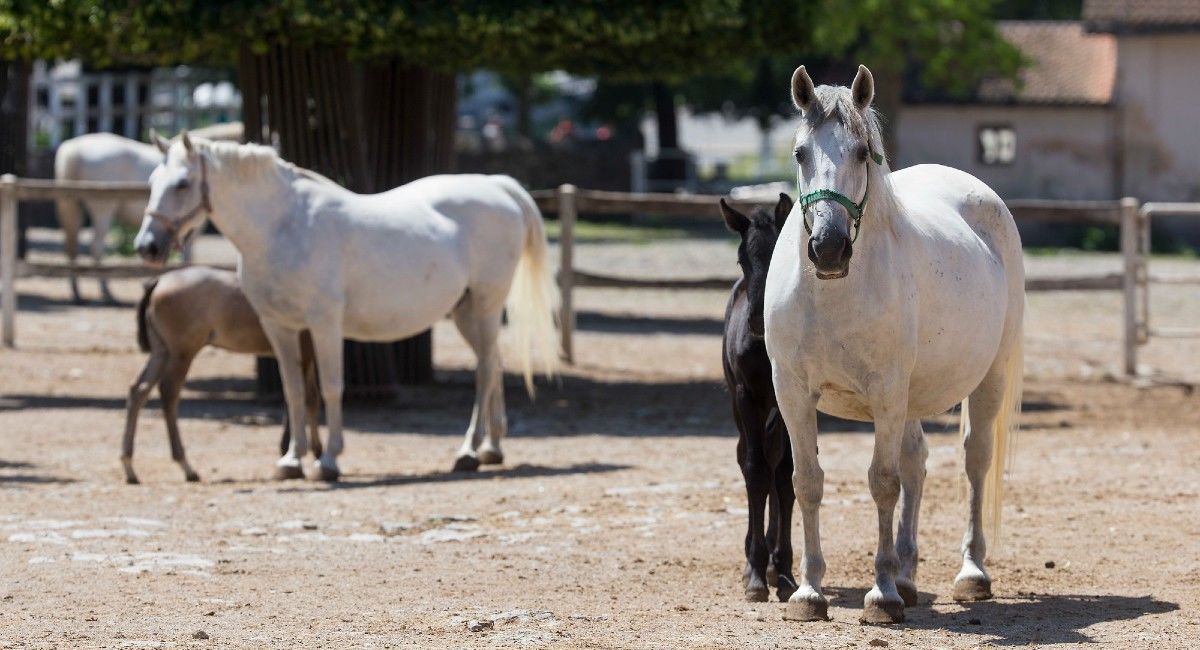
Lipizzan horse breeding traditions
Lipica Stud Farm is considered one of the oldest stud farms in Europe, having operated continuously for more than 440 years. The breeding of elegant white Lipizzan horses represents an important heritage of Slovenia and that of another seven countries which participated in the nomination for placing this activity in the UNESCO List of Intangible Cultural Heritage. For centuries, Lipizzan horses have played a symbolic role in all eight countries and still represent numerous communities. Their symbolic significance is passed on through oral tradition and folk songs testifying to the close emotional bond between man and horse. As the 'home' of Lipizzan horses, Lipica is one of the major Slovenian attractions due to its tradition of breeding horses and its architectural heritage and cultural landscape.
Explore
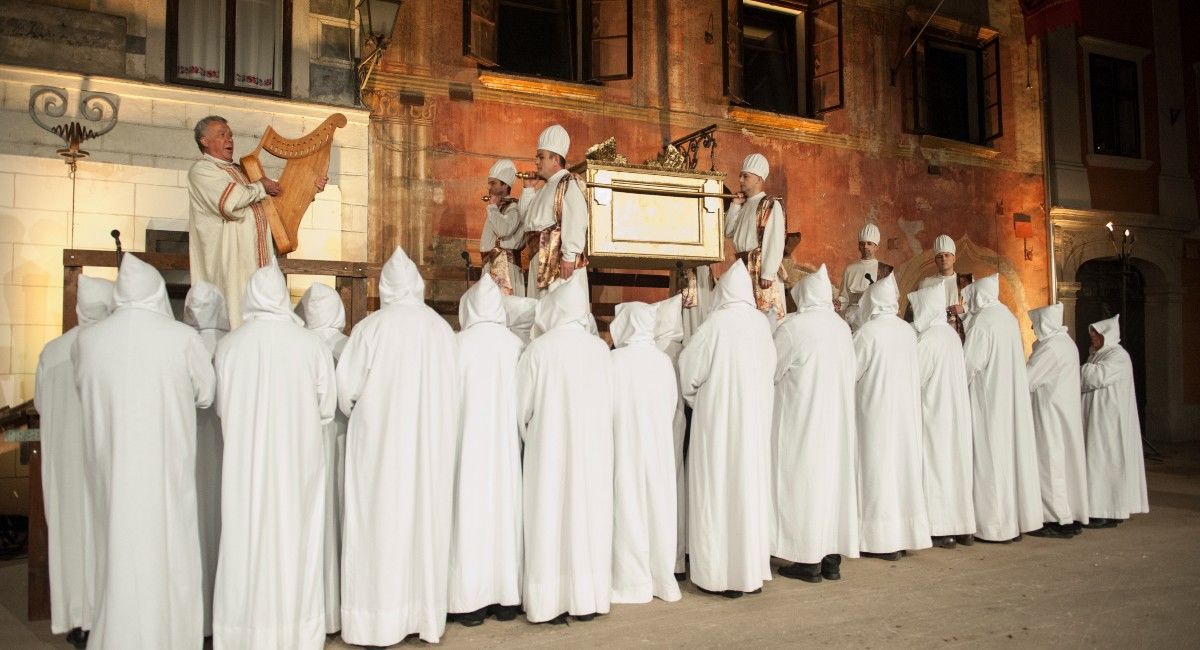
Škofja Loka Passion Play
The oldest Slovenian play has been re-enacted on the streets of the medieval town centre of Škofja Loka since its origin in the time of Baroque. Rich costumes and scenery and the numerous, over 900-member ensemble of local actors attract many visitors to Škofja Loka for every performance. This is a historical re-enactment, which is performed every six years due to its complexity. Škofja Loka Passion Play was entered on UNESCO’s List of the Intangible Cultural Heritage of Humanity.
Visit website
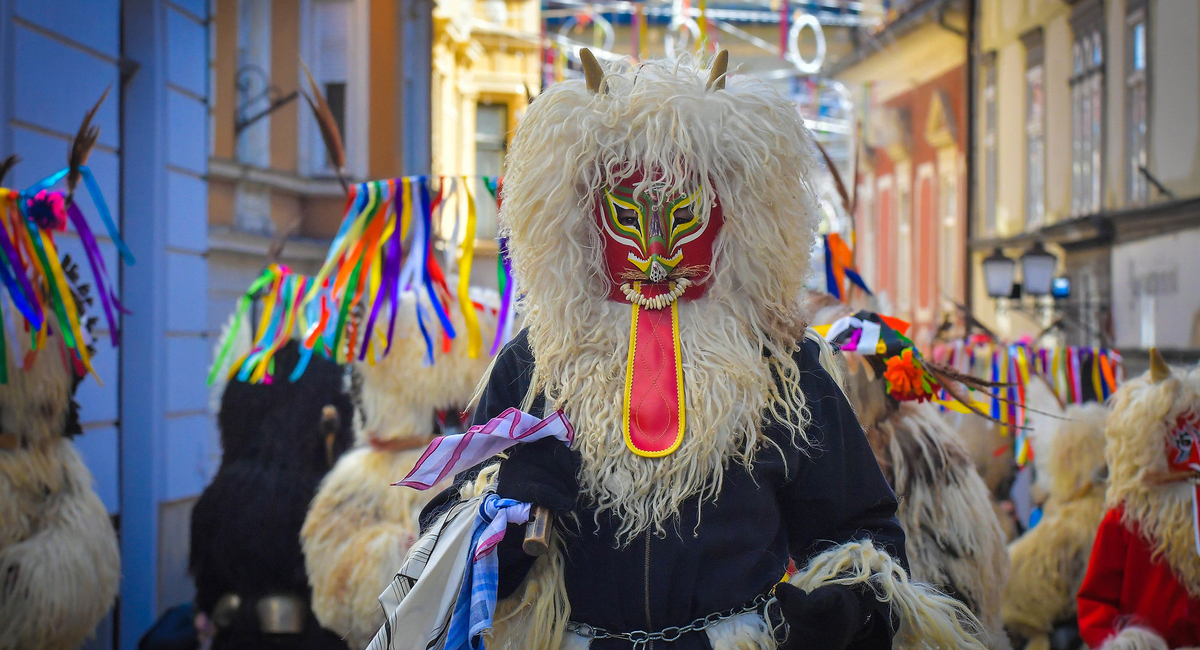
Door-to-door rounds of Kurenti
When you hear cowbells in the Ptuj area in February, you will surely know that spring is approaching. The bells are only a part of the costume of a Kurent, a traditional Shrovetide character, typical for Ptuj, the Drava Field, the Haloze Hills, and the Slovenske Gorice Hills. A Kurent wears a sheepskin, a distinctive head mask, high-ankle shoes, and red or green knitted gaiters. In its hand, it spins a ježevka, a thick stick with hedgehog spines. Rooted in Slavic mythology, it is considered to chase away evil forces and herald the spring and a good harvest. A unique tribute to this custom are the traditional Kurentovanje celebrations in Ptuj.
Visit website
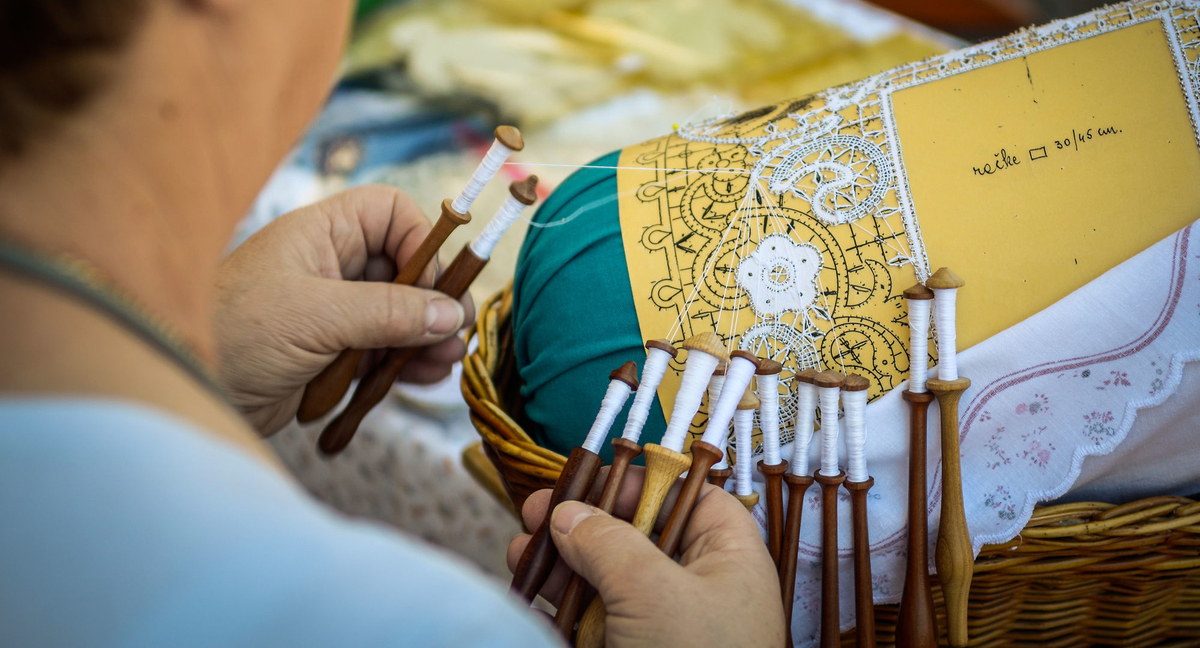
Bobbin lacemaking in Slovenia
Bobbin lace is a unique artistic expression and one of the recognisable symbols of Slovenian identity. For centuries stunning products have been made by bobbin lacemakers, and the skill of bobbin twisting is passed on from generation to generation. Bobbin lacemaking is a manual production of lace by braiding, twisting and interlacing thread wound on special wooden spindles known as bobbins. Bobbing lacemaking is about following a pattern drawn on paper attached to a cylindrical pillow in a basket or on a special base. Today, Slovenia is home to over 120 bobbin lacemaking associations, sections and groups. Lace is meant to be a fashion accessory and decoration on clothes and home textiles, and today it is also an inspiration for artistic creations, in architecture and even cuisine.
Lacemaking skills are also promoted by lacemaking schools. The most famous is the lacemaking school in Idrija, which has been operating continuously for more than 140 years.
Visit website
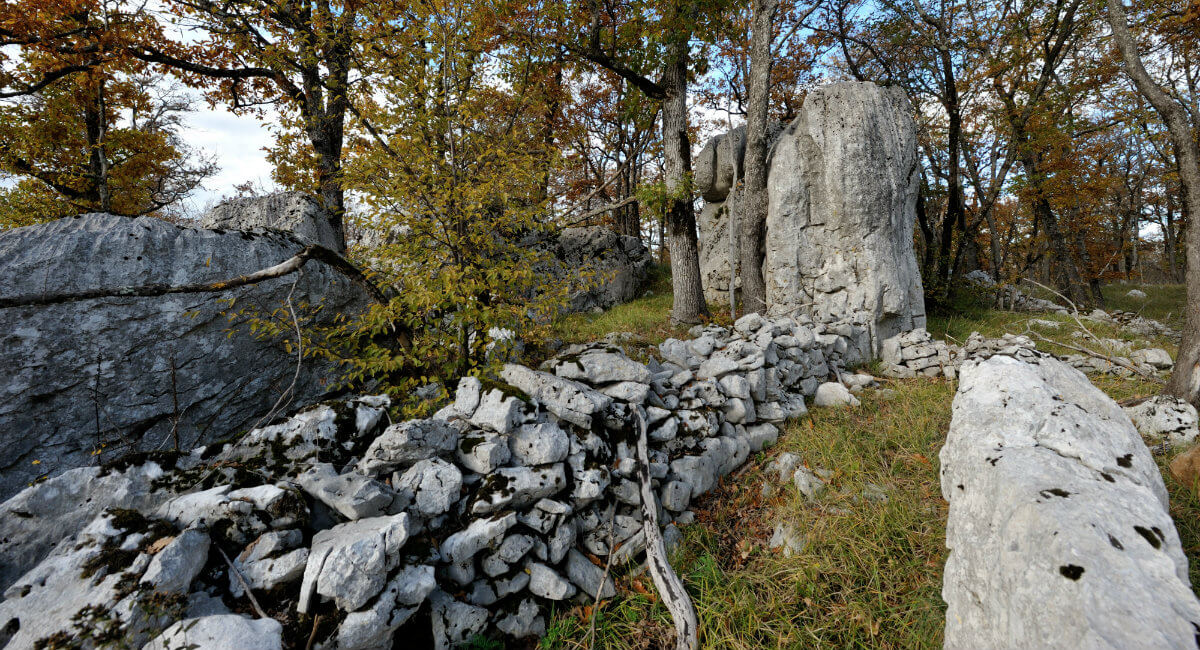
Dry-stone walling
Dry-stone walling means that no binder is used during construction. Instead, the secret to its firmness is in the particular way stones are stacked up. It is popular around the Mediterranean area. In Slovenia, we can find it in the Karst region and Istria. The art of dry-stone walling, knowledge and techniques are on UNESCO's List of Intangible Cultural Heritage and connects eight European countries including Slovenia.
Visit website
Midwifery
They are with us for our first breath when we come to the world. Their knowledge and skills provide continuous care and support during the natural processes of pregnancy, childbirth and beyond. Over the centuries, midwives have become an indispensable part of childbirth. Initially, this work was usually carried out by older women who, although they had no formal training, had the experience and skills to assist women giving birth and care for newborn babies. Today, this is done by trained healthcare workers who still respect the skills and knowledge of their predecessors. Did you know that the first midwifery school in Slovenia was founded in 1753?
Slovenia is one of the eight countries that have taken the initiative for midwifery to be added to the UNESCO List of Intangible Cultural Heritage.

